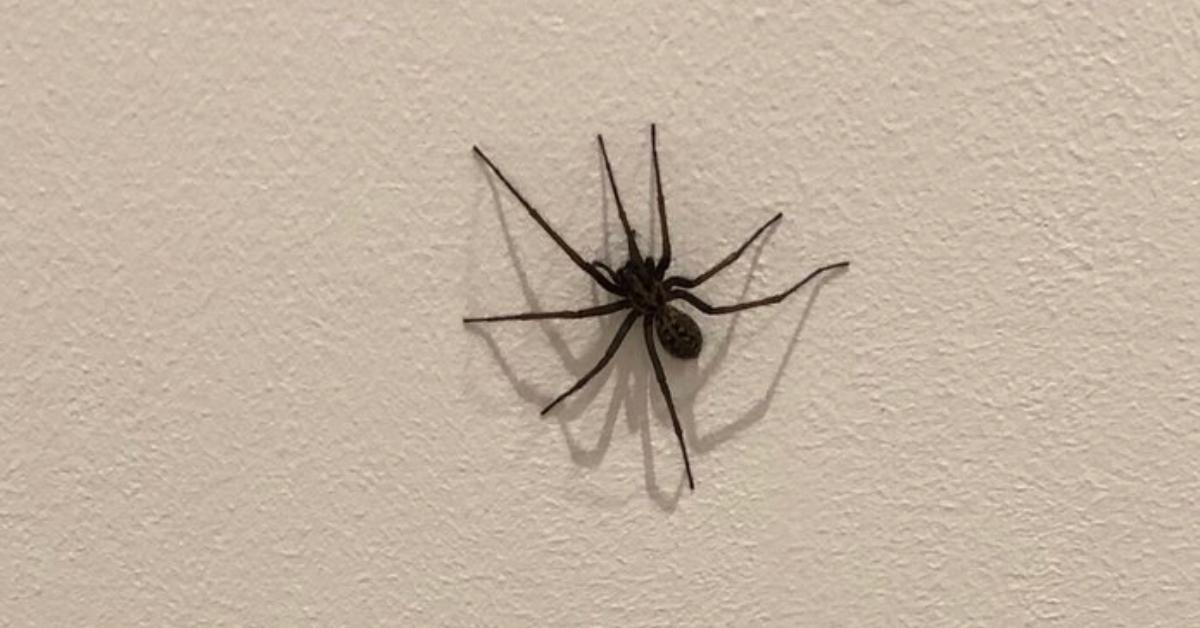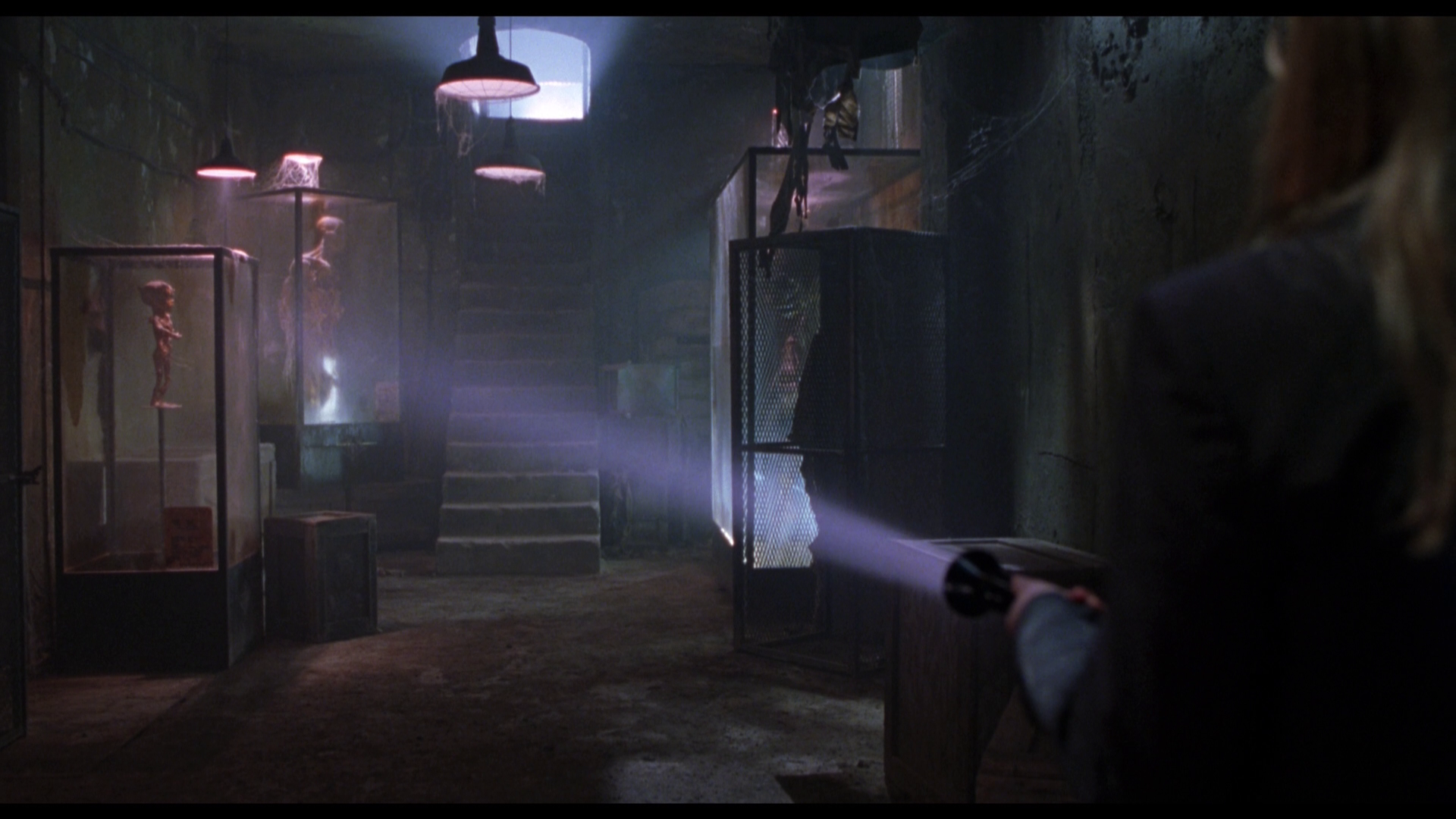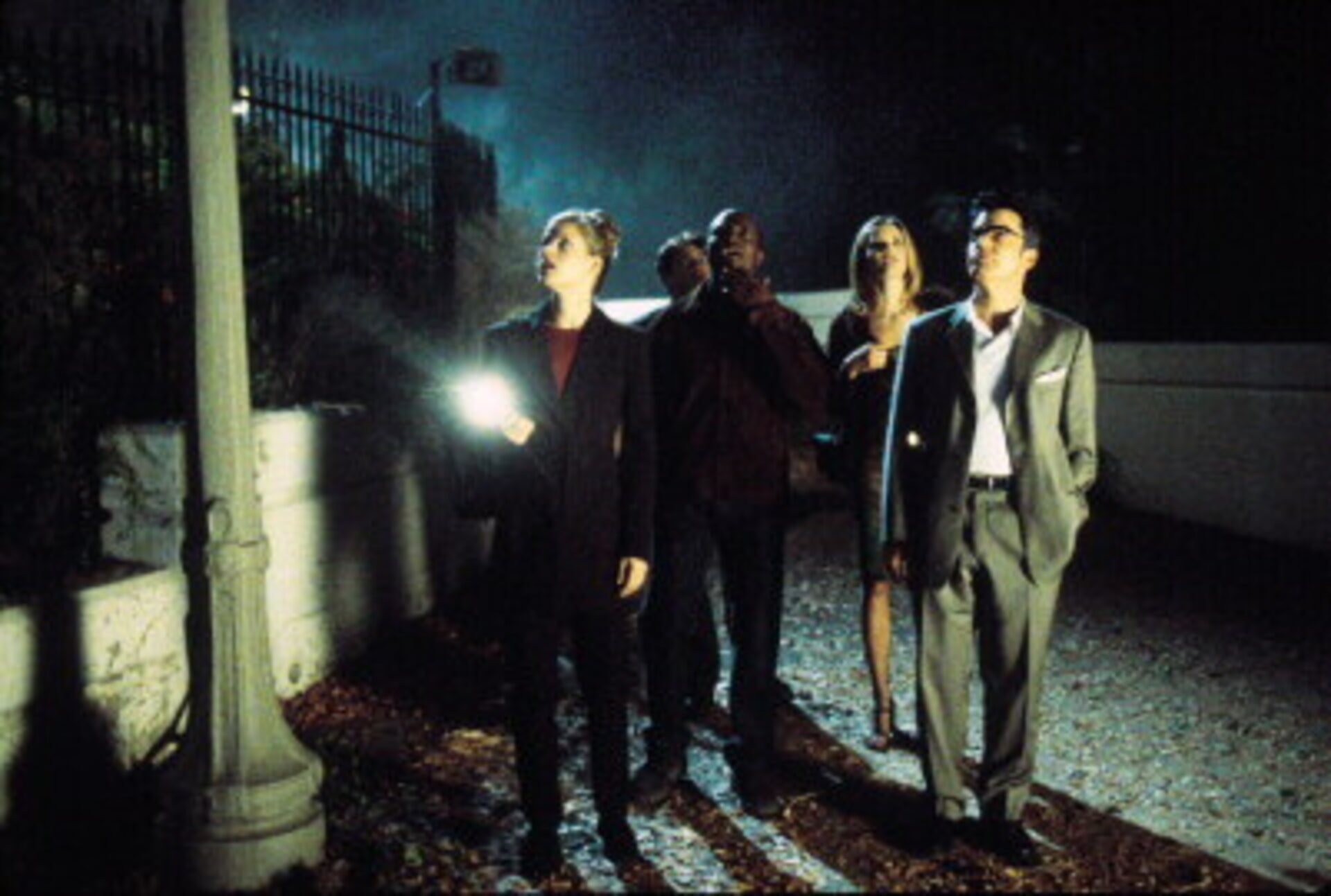Table Of Content

Should the homeowner need help controlling these or any spiders, contact your local Orkin branch, and request an inspection. Your Orkin Pro can then use his or her inspection findings to prepare a comprehensive pest management plan that will effectively and efficiently deal with the specific pest problem. Since 1971, Ja-Roy has protected homes and businesses throughout Louisiana from the dangers of pests. Our exterminators use ongoing prevention, removal, and exclusion methods to ensure your property is safe from infestations. Ja-Roy is proud to have joined forces with Dugas Pest Control and Presto-X to provide our exceptional service to even more homes and businesses in Louisiana.
Wolf Spider Pest Control
These spiders are also well adapted to indoor habitats and will venture into storage areas, closets, attics, and other dark hiding spots. Sac spiders are part of the family Miturgidae and normally found inside (or outside) homes. They use their silk to construct tent-like coverings in low corners. They hide behind these silky structures during the daytime, resting before their nocturnal hunting starts.
White Spiders

But they're not insects, and they don't want to raid our cupboards. Much like their outdoor relatives that eat crop pests, house spiders just want to quietly kill the insects that do covet our food. Big, brown and hairy-legged, it lives, eats and mates inside houses, garages and sheds. Widow spiders range in color, as there are both brown and black widows, but both have a distinct reddish-orange hourglass shape on the underside of their abdomen.
American House Spiders
If you suspect a venomous spider has bitten you, seek medical attention and do your best to identify the spider. Sac spiders vary drastically in coloring and are sometimes confused with other spiders due to shades ranging from yellow to brown to green. It's a good idea to keep your distance from these spiders, as their venom contains cytotoxin and has been shown to be toxic to humans. Use a vacuum or broom to clean them up or hire a local IPM specialist.
Geographic Range of the giant house spider in the United States and its habitat
One of the most common house spiders is the American house spider (Parasteatoda tepidariorum). These brown or tan harmless spiders usually create messy cobwebs to catch their prey. Brown recluse spiders are a species of venomous house spiders commonly found indoors. The brown, biting spiders have a tan to medium brown body with a recognizable violin-shaped marking on their cephalothorax.
That's true for the vast majority of house spiders, which have no incentive to bite anything they can't eat unless they think it's a matter of life or death. To complicate matters further, house spiders come in lots of shapes and sizes. The types in your house depend largely on where you live, although humans have helped many species spread around the planet, especially those from Europe. Some people think of spiders as insects, lumping them in with six-legged invaders like roaches or ants.
Humans and House Spiders Have History
Large house spiders scuttling into homes to mate Western Telegraph - Western Telegraph
Large house spiders scuttling into homes to mate Western Telegraph.
Posted: Thu, 14 Sep 2023 07:00:00 GMT [source]
The peacock spider is one of the most colorful spiders with red, blue, yellow, white, and black colors. The spectacular colors on the male spiders are on flap-like abdominal extensions. The spiny-backed orb-weaver is a white spider with black dots and six pointed red spines. It’s one of the most unusual black and white spiders due to its oversized oval abdominal section and tiny black head. The crab-shaped spider measures 0.39” to 0.51” (10 – 13 mm) wide and 0.2” to 0.35” (5 – 9 mm) long.
Jumping Spiders Toxicity
Everyone saying same thing after ‘giant’ spider spotted crawling on walls in Irish home... - The Irish Sun
Everyone saying same thing after ‘giant’ spider spotted crawling on walls in Irish home....
Posted: Mon, 28 Aug 2023 07:00:00 GMT [source]
The best way to avoid an infestation is by reducing clutter in unused areas of the home, in order to minimize possible hiding places. If spiderwebs are visible, use caution before approaching the area, and if you suspect Black Widow spiders, call a specialist immediately. In a home, this can include garages, sheds, barns, basements, and crawlspaces. Wolf spiders are common throughout all the U.S., but are particularly ubiquitous in Texas, California, and Missouri. They usually invade homes—windows, doors, garages, basements and houseplants—during the fall, in search of warmth.
Harvestmen have two body segments as well, but they don't look like it. Their body looks like it has a single, brown or gray oval-shaped segment with eight spindly legs protruding from it. Harvestmen are not venomous and are typically found outside in wooded areas or gardens. American grass spiders are a type of brown funnel weaver spider with an elongated, oval brown body.
They build webs with a funnel-like hole in the center, where they sit and wait for prey. The giant house spider is not an active climber and indoors can be found on the floor or trapped in sinks and bathtubs where it has ventured in search of water. They prefer to avoid contact with humans and hide during the day, meaning they are most often seen at night.
The brown widow spider is a venomous spider with a bulbous light brown to dark brown body and distinctive hourglass marking on the side of its abdomen. The brown widow’s markings can be orange or dull yellow, and it also has colorful markings on its back. The southern house spider is a large dark brown to black spider with a large oval head and elongated fuzzy brown abdomen. Up close, pictures of this house spider show it has dark brown spiny legs and two prominent eyes on top of its head.













